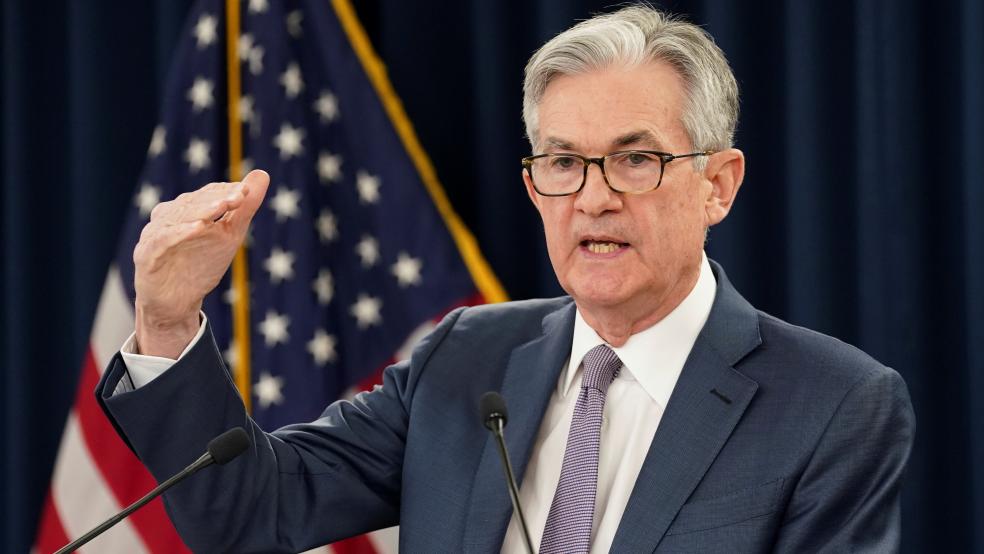The Federal Reserve Bank will end its pandemic-era stimulus program more quickly as it ramps up its fight against inflation, Fed officials said Wednesday. Additionally, the bank signaled that it expects to raise interest rates sooner and more frequently in 2022 than previously forecast.
The Fed announced in November that it would reduce its purchases of Treasury and mortgage-backed securities, tapering the $120 billion per month stimulus program by $15 billion each month until the program is wound down in June. Now it says it will double the speed of that reduction, cutting $30 billion on a monthly basis as it brings the program to an end three months earlier, in March.
Taking a more hawkish stance on inflation, Fed officials are now projecting three interest rate hikes next year, with the first increase possibly coming soon after the securities purchasing program ends this spring. The Federal Open Market Committee said it would keep rates between 0% and 0.25% for now, but indicated a more aggressive path for rate hikes as the bank aims to reduce inflationary pressures in the economy. In addition to the three rate hikes projected for 2022, Fed officials now project three additional hikes in 2023 and two more in 2024.
A focus on inflation: Fed chair Jay Powell made it clear that the central bank is taking the threat of inflation seriously, after predicting that it was largely “transitory” and would die out quickly as the economy come back on line after the pandemic. “Supply and demand imbalances related to the pandemic and the reopening of the economy have continued to contribute to elevated levels of inflation,” Powell said at a press conference. “These problems have been larger and longer lasting than anticipated, exacerbated by waves of the virus.”
The Fed updated its forecast for inflation, projecting a 4.4% core inflation rate for 2021, and 2.7% in 2022. It also said that it expected the unemployment rate to fall to 3.5% next year.
Powell said that the recovery is going so well that the economy can handle a more aggressive stance. “The economy is so much stronger now, so much closer to full employment, inflation is running well above target and growth is well above potential,” he said, adding that there likely won’t “be the need for [a] long delay” in raising rates after the stimulus program ends.



